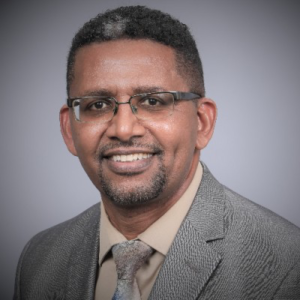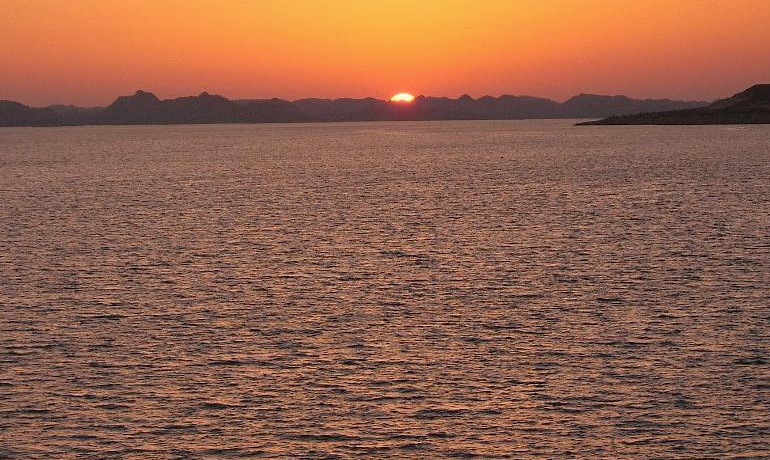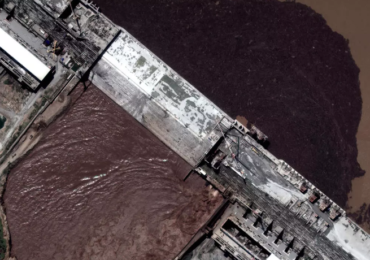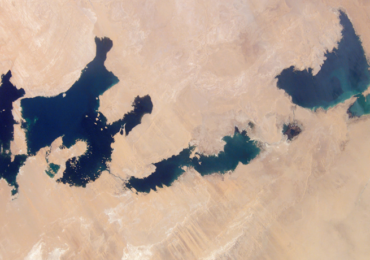Favorable hydrologic conditions, not seen in the Nile River Basin for the last two decades, in some cases a century, should encourage negotiations between Egypt, Ethiopia, and the Sudan. This is the time to trust and use the science.
The three countries have restarted their latest round of negotiations under the leadership of the African Union, who called an emergency meeting on June 26, 2020, after the three countries had failed to advance in their earlier negotiations that went on for two weeks. Their earlier discussions involved Ethiopia’s filling and management of subsequent operations of the Grand Ethiopian Renaissance Dam (GERD). The negotiations of, in the absence of and until the adoption by all 11 Nile Riparian countries, a comprehensive equitable water sharing agreement, providing Ethiopia the opportunity to present and flesh out its plans for testing and filling the GERD. Ethiopia indicated that the first phase of the filling will start during this rainy season, which will commence in a few weeks. The plan is to divert 4.9 Billion Cubic Meter (BCM), which equates to less than 10% of the average Blue Nile flow at GERD and an amount that is enough to test two of its hydropower generators.Let us consider the proposed filling amount with respect to the interannual variability of the flow of the river as well as the antecedent hydrologic conditions that are responsible for generating stream flow. The 4.9 BCM is about 60 % of the annual variability of the Blue Nile flow at GERD. That means even without the dam, the flow can fluctuate more than 8.3 BCM per year thus holding the amount proposed by Ethiopia remains within the natural variability of the Blue Nile River.
The second argument that supports the diversion arises from the hydrology of the basin as well as the early rainfall that the basin has already received so far this year. Just in the past two months (May 1 through June 30), the United States Climate Prediction Center’s International Desk estimates an average of 200 millimeter (or 7.9 inches) more rainfall than normal has fallen in the Blue Nile river basin. So far July is also running at about 150% to 200% above average rainfall. The Nile River Basin, like other big watersheds in the world, has “memory”, an ability to store rainfall from months ago and continue to provide streamflow even after the rainy season. A watershed is like a sponge, once it is saturated, additional water (rainfall) that comes will simply become run off water. Such is the condition in the Nile Basin right now. The watershed is so saturated that it will continue to provide large quantities of stream flow, at more than its usual levels, even with relatively small rainfall. Recent long-range climate projection indicates a potential for a climate phenomenon called La Niña this fall through winter next year. La Niña is a large-scale climate circulation pattern that is typically associated with significant rain and flooding in much of the basin. This above average rainfall is expected to continue this year and into next year resulting in a much higher than normal stream flow conditions.
In addition, Egypt’s Lake Nasser, which has a capacity of storing more than three times the average Blue Nile flow, is already at a level that has not been seen in almost 20 years.The lake is at a similar level as it was in the late 1990’s. In 1997, the last time the lake was this high, it began flooding westward into the Toshka depression in southern Egypt and created four brand new lakes over the next few years. This extra ordinary event was documented as an “image of the day” by NASA. Lake Nassar is currently at record levels which means that even the slightest reduction of flow, as a result of filling the GERD dam, would bring insignificant impact.
Saturated watershed conditions is also observed throughout the upper Nile basin. In Uganda, Lake Victoria, the headwater of the White Nile, has just passed the previous record level that was set in May 1964 following above normal rain for more than three months. The 13.42 m mark registered by the lake on May 7, 2020 was the highest it has been in the lake’s 125 years record keeping, creating significant flooding. It was reported that extra damage that could have been caused by the rise in the lake water was averted because of expanded exit gates to spill water into Nile River.
The filling schedule proposed by Ethiopia for the next two years and agreed upon by all three countries does not have any detectable, let alone significantly harmful, impact on both the Sudan and Egypt. It may even help downstream countries in managing flooding as witnessed this year in Egypt where the flooding resulted in loss of life and damaged cities. Despite relatively small rainfall totals, many parts of the capital, Cairo, for example, were under water indicating the high level of groundwater as well. Dr. Mahmoud Shahin, Director of the analysis department at the Egyptian Meteorological Authority, is quoted as saying: “This level of instability in weather conditions has not occurred with such force since 1994”, according to a report by Aljazeera.
Not letting to pass such highly favorable hydrologic conditions this and the next year is in the best interest of both the Sudan and Egypt. It is time to take the emotion out of the equation and rely on the science instead. A hydropower dam is not a monument. It is designed to store and release water after producing electricity. The sooner it gets filled, taking advantage of current extremely favorable hydrologic conditions that has not been seen in more than two decades, the better it is for all three countries.
If there is a perfect time to start filling the dam, it is now.
Image credit: https://en.wikipedia.org/wiki/Lake_Nasser
Dr. Tirusew Asefa
Dr. Tirusew Asefa is a registered professional engineer with the State of Florida, a Diplomate of the American Academy of Water Resources Engineers, and a Fellow of the American Society of Civil Engineers. He currently chairs Florida Water and Climate Alliance. He can be reached at mululove[at]yahoo.com

Fekadu Moreda
Dr. Fekadu Moreda is Senior Water Resources Engineer at Research Triangle Institute International. His expertise in hydrology and hydraulic engineering includes building hydrodynamic models, implementing models for flood forecasting, lead water resource assessments, and training water resource managers. Currently, he leads the development and implementation of the Hydrology and Climate for Latin America and Caribbean (Hydro-BID) water resources management simulation system. He can be reached at fmoreda[at]rti.org




[…] hydrologic predictions and reservoir operation that would allow water resource managers an ability to use long-range weather forecast and adjust their operations accordingly. Since the GERD releases are tied to hydropower production, additional flood protection related […]